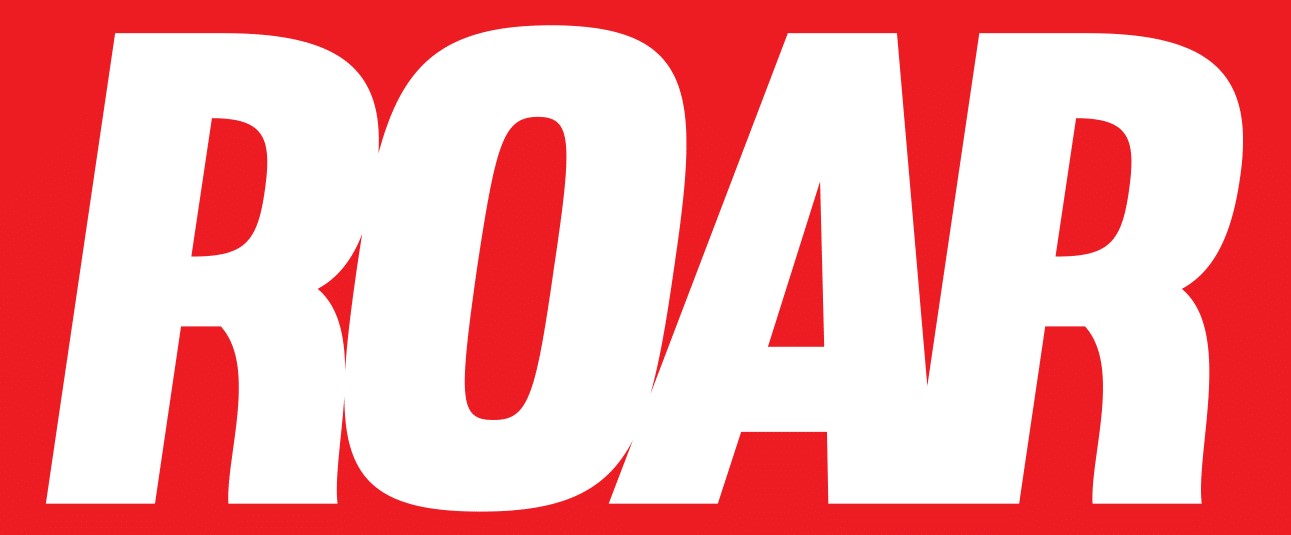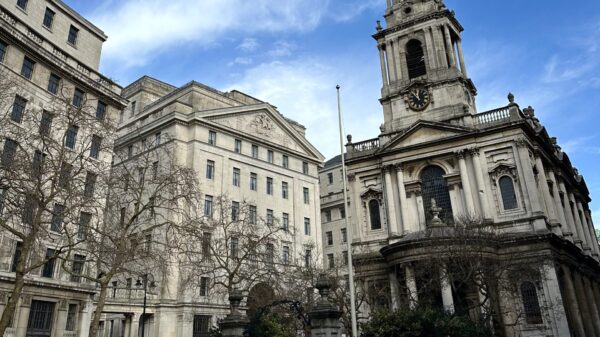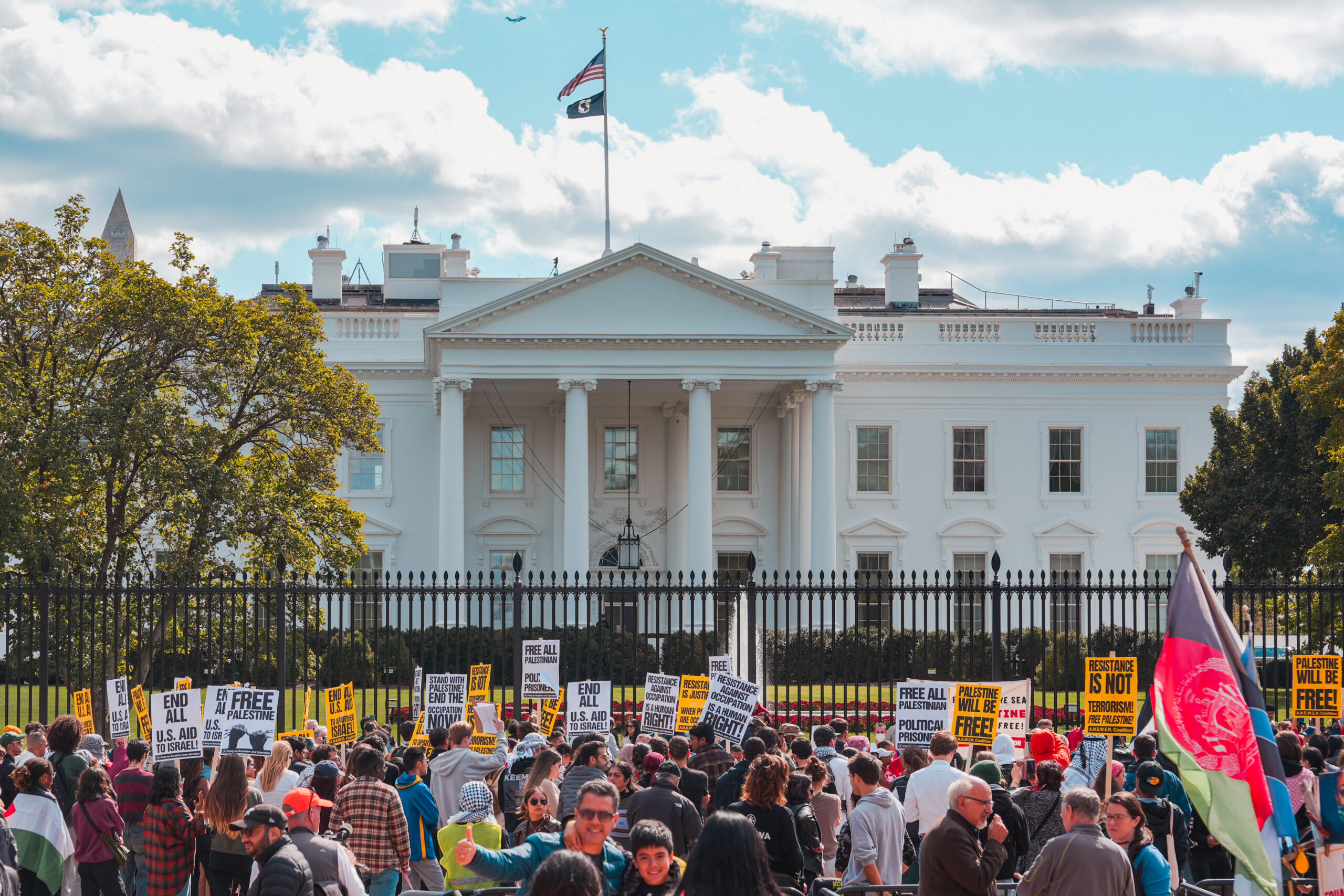Staff Writer Guillaume Antignac recounts his recent trip to Cuba, the island’s struggles, and the role its powerful neighbour, the US, has had in causing them.
The plane shuddered disagreeably, as we left the Florida Keys behind us and headed across the sea to Cuba. It was as though, leaving US territory and heading to the communist island, we were breaching more than just a border, but some form of invisible barrier, more grave and profound. It is a short forty-minute flight from Miami the United States government makes difficult for tourists. Going to Cuba for tourism is simply not amongst the permitted options of travel from the US. To get there, one has to profess their purpose of travel is in ‘support for the Cuban people’, a certainly noble cause, even if many using it prefer the beach and the party to charity. Additionally, for US citizens, it is prohibited to spend money at government establishments (of which there are many in communist Cuba), a law which has customs officers allegedly demanding receipts upon re-entry, and has me questioning the esteem the US government really has the Cuban people in. What seems like a merely dissuasive pretext implemented under the Trump administration in fact only shows the clearly outdated foreign policy the US still has to Cuba.
The island has a long history. Indigenous Cuba was peaceful and isolated. After Columbus claimed the island as Spanish territory, the indigenous community was decimated and gradually replaced by a largely creole population with strong Spanish cultural influence. The island initially served as a stop-off point for ships heading towards the New World, and the bay of Havana became the ideal location for a fortification to guard Aztec gold, destined to enrichen Spain and impoverish central America. As the surrounding region claims independence in the turn of the 19th century, Cuba remained loyal to the home country. The vacuum in the Spanish Empire’s agricultural production left by newly independent Haiti was filled by Cuba, and the island became one of the largest sugar cane and tobacco producers in the world.
It is only in the later 19th century that creole Cubans became tired of a segregated and stagnant colonial society, embarking on two separate independence wars. It was not Jose Marti, the legendary Cuban revolutionary, who brought this cause to fruition, but rather the United States, which wrenched the island from Spain 1898. Yet Cuba’s received its independence at a bitter cost. Havana was soon transformed into a party town for North Americans, where rum flowed from taps, cigars seemingly sprouted from the earth, and money was abundantly spendable. However, what to foreigners appeared as a land of paradisiacal hedonism and delight doubled as an authoritarian and corrupt regime. In the hearts of Cubans, a new Revolution soon blossomed. Fidel Castro delivered it in 1951, ousting the Bautista government with the help of Camilo Cienfuegos, Abel Santamaría and Ernesto ‘Che’ Guevara (pictured on the far right side of Fig. 1). The latter, notoriously famous on American t-shirts, became a global icon for freedom and anti-imperialism, as well as of course a national Cuban hero alongside Fidel. Yet, in the 1950s, becoming an enemy of the United States government meant becoming the friend of another global force striving for ‘Peace, Land and Bread’.

Moored in Havana are ships that look old and neglected. Will they ever leave? Just like the Cuban people, they seem captives of an island to which many want to come, few want to remain, and most cannot leave. When I visited Cuba last May, the people there assured me that the word ‘socialism’ hadn’t been uttered until two years after the Cuban Revolution. How much credence I give that statement is another matter entirely. And yet, Fidel Castro’s ambitions were clear: that the revolution was above all else, a matter of anti-imperialism.
Nonetheless, modern Cuba is well known as one of the few remaining Communist countries in the world. Of course, many lay claim to such a lofty title, but few honour it as loyally as Cuba does. Since the collapse of the Soviet Union, imports to the country have struggled to meet the needs of Cubans. And under the current embargo, a trip to Havana will bar a cargo ship from entering the United States for at least 180 days. There are not many sailing through the straits of Florida who pass on a visit to Miami to see Havana (as tempting as it may be for some of us). This means that if you want a car in Cuba, you will have to be contented with one that has long outlived your parents.
Life in Cuba has a 1950s feel – the embargo affects all areas of Cuban society, not just the cars. The average Cuban owns and lives in the same home (I should say quarters) assigned to his family since the revolution, which happened over 70 years ago. In order to get their basic needs, they visit the local tienda assigned to them, where they can obtain a specific monthly ration of goods for their household at a heavily subsidised cost. When you look inside such a shop however, the only items that seem to sufficiently stack the shelves are vegetable oil and wash-powder. Peering into one pharmacy in new-Havana, I saw meagre shelves, ornamented with but a few medicines here and there. The only recognisable thing to my eyes, was the large portrait of Che which hung behind the counter, above a slumped pharmacist, who told me off for taking a picture.
If Cuba struggles to have sufficient goods for its population, then it is in large part because of the money, of which there is, simply put, not enough. The Ministry of Finance has a bleakly abandoned looking facade, featuring broken windows, and peeling plaster – a condition which mirrors the state of the economy (Fig. 2). An inflation rate in the region of 30 to 40%, along with economic underactivity and a complicated foreign currency system, have devalued the Peso Cubano drastically – especially since the COVID-19 pandemic.

Cuba’s economy depends heavily on exports of the few but precious riches it manufactures – namely cigars and rum, but also raw sugar and minerals such as nickel or zinc. This is how a country with very low economic productivity can afford to buy the imports the country is so dependent on (namely food, medicine, fuel, and power). Cuba’s politics and weak currency make it difficult to trade internationally, which is why it has become very dependent on foreign remittances and tourism as a way to acquire foreign currencies. Since I hadn’t been made aware of ‘cub-onomics’, I landed at Havana Airport with little cash. To my surprise, I was nonetheless able to get a taxi, paying with 20 pound, 5 euro, and 5 dollar notes.
Spending foreign currencies in Cuba is not something which only benefits an array of hustlers seeking large exchange rate profits from naïve tourists. The government, which owns many hotels, restaurants, shops, bars, etc., also depends on the income of foreign currencies to trade internationally. Although a separate exchange coin existed as a substitute currency for tourists, this eventually devalued the Cuban Peso, which is why the two were unified in 2021. However, recent sanctions from the United States government have counteracted the efforts of the Cuban government to emerge from this situation.
Alejandro Gil, Cuba’s Minister of the Economy, has blamed the difficulty in recent years on a reduction in exports during the pandemic, as well as sanctions put in place by former US president Donald Trump, restricting transactions with Cuban military- and government-controlled companies. The declared concern for the wellbeing of Cubans in the face of the Cuban regime, as well as the intention to empower Cubans to ‘develop greater economic and political liberty’ rings hollow. By sanctioning tourism and remittances from US territory to Cuba, Trump’s policy would curb the amount of dollars that enter Cuban circulation, in an attempt to suffocate the government’s ability to turn to international markets for basic commodities. This makes Cuba the victim of a political game it neither has the ability to sustain, nor explicitly asked for.
Cuba’s politics, still very one-sided and authoritarian, do not provide any solace. Discussion of market-reforms have been ongoing for some time now, yet the regime has shown little tolerance for criticism. More recently, the population has taken to the streets to protest chronic goods shortages, economic instability, and authoritarianism. Of course, civil disobedience is not tolerated and severely supressed by the authorities. Yet, the destitute situation of many Cubans is hard to ignore when visiting Havana.
Talking to Cubans on the Malecon seafront, they decry their meagre lives to me – one man tells me he is a teacher who barely gets by, complaining that he can no longer get milk for his child, because she has passed the age of seven years which the government rations allow milk for. He stops to scan the surrounding area to make sure police doesn’t see us interacting, while his friend tells me of a leg injury, he can’t get treatment for. To be sure, it is not impossible they told similar tales to the next passing impressionable tourist, also in the hopes of getting a meagre 400 pesos out of them. Yet their situation is not exaggerated: the state minimum wage is 2100 pesos per month (equivalent to less than 100 dollars, depending on the exchange rate), particularly significant given that many Cuban workers are public sector employees.

Cuba is of course an immensely beautiful country, with a vibrant culture and a dynamic people. Ando a la ‘my love’ (literally ‘I go to my love’) is a phrase Cubans use when describing the carefree and relaxed attitude they have to living. This is where the culture and the rich history complements the nightlife and the party. Havana by night, characterised by the marvellous decors of the 1950s and colonial architecture, deserted establishments, and unctuous street vendors, leaves a hint of surrealism to dazed memories.
One night, as I walked out of a salsa nightclub which hadn’t changed since the days of Lucky Luciano, I saw a group of soldiers hanging out on a streetcorner. They were casual, their faces tired, and their postures relaxed. Suddenly, they all looked down the street at an approaching military truck. They hurried to the other side of road to form the line in attention they were meant to be holding – as if they’d stood there the entire time. I smiled at the irony of this very Cuban moment, emblematic of the deceptive quality in which an entire country is coated, from the architecture to the military. A Potemkin village which we tourists love to relish in, and in the process blind ourselves to the problems that plague the island, plain to see.
Interestingly, the Cubans I spoke to rarely blame the US for the political difficulties at home. It is the authoritarian regime, which they call both corrupt and incompetent, that makes life in Cuba so hard. America, which is less than 100 miles across the Sea, is a land they can only dream of one day reaching. Although their opinion certainly has validity, it is however also clear when visiting Cuba, that the sanctions imposed under the Trump administration made it difficult for Cuba to navigate a global pandemic. While Obama’s open policy towards Cuba encouraged economic reforms and diplomacy with the United States, Trump’s reversal of this has left the island in dark waters. When there is no more hope, Cuban’s say: No te salva ni el medico Chino (‘Even the Chinese doctor cannot save you’). The situation in Cuba is certainly desperate at the moment. But where there is a smile there is hope, and in Cuba, there are many.










